Four new HRSMC Fellowships and one John van Geuns Fonds Fellowship awarded in October 2017
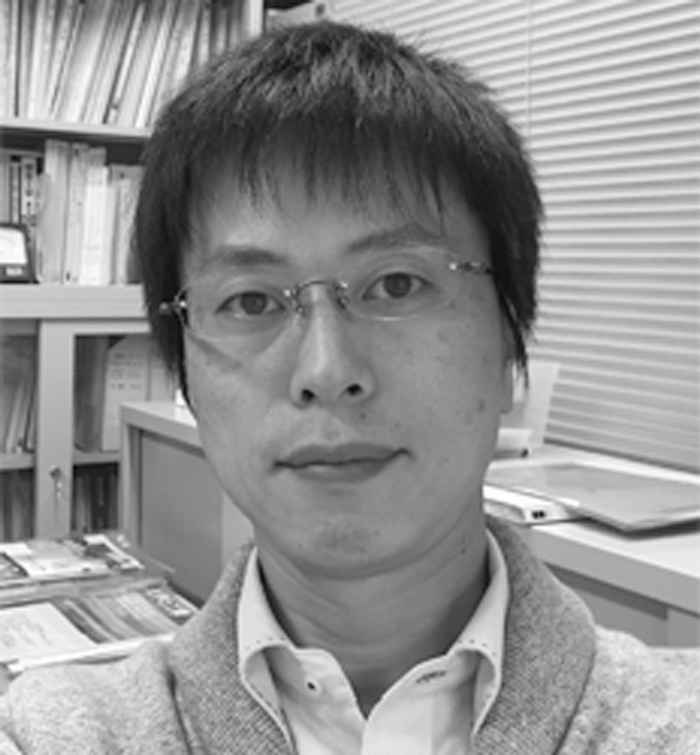
Observing Single Artificial Molecular Machines under strain
Guest: Dr. Syoji ITO (Osaka University, Japan); hosted by Prof. dr. Fred Brouwer (UvA) and Prof. dr. Michel Orrit (UL). This Fellowship is awarded by the John van Geuns Fonds.
A visit of 10 weeks.
The project addresses the movement in rotaxane molecular shuttles using single molecule fluorescence microscopy. This allows us to “see” the shuttling events in real time as they occur, and to look at variations and fluctuations in the dynamics of individual molecules. Moreover, we will extend the molecule with a handle to which we can apply mechanical force using optical tweezers. In this way, we can control the molecular structure and change it from being partly folded to fully extended.
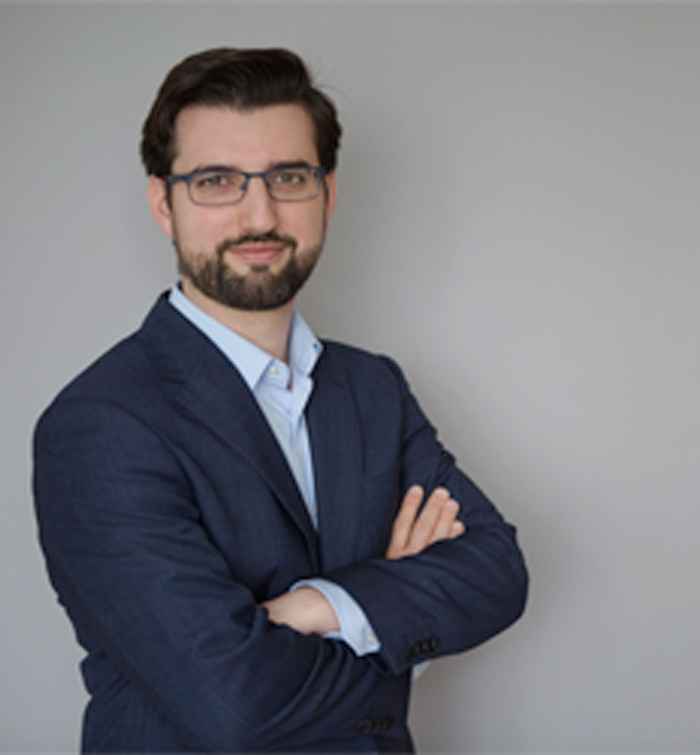
From Ice Grains to Planets: The Chemical Evolution of Complex Molecules in Space
Guest: Dr. Sergio Ioppolo (Queen Mary University of London, UK); hosted by Prof. dr. Harold Linnartz (Leiden University) and Dr. Herma Cuppen (Radboud University).
Four 1 week visits with a total duration of one month.
Dr. Ioppolo's visit focusses on the implementation and use of a new atom source – a commercial C-atom source – that will be used to study C-atom addition reactions in interstellar ice analogues under prestellar core conditions. Experiments
(Leiden) and simulations (Nijmegen) will be combined to study quantitatively the formation of i-COMs - interstellar complex organic molecules - for impacting C-atoms. The results are used to interpret and guide astrochemical observations.
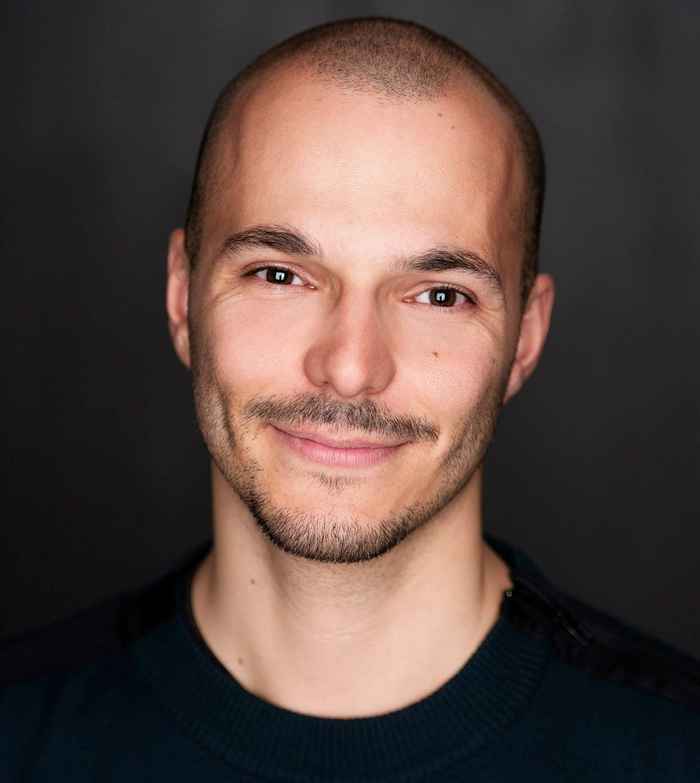
Simulating the binding modes of the bacterial DNA organizing protein HLNS to DNA
Guest: Dr. Enrico Riccardi (Norwegian University of Science and Technology NTNU,Trondheim, Norway); hosted by Dr. Jocelyne Vreede (University of Amsterdam).
A visit of 3 months.
The Histone-like Nucleoid Structuring protein H-NS organizes DNA in enterobacteria, by either bridging or stiffening stretches of DNA. To date, it is still far from understood how H-NS recognizes different nucleotide sequences. Also, determining the rate constants for H-NS binding to different nucleotide sequences has proven to be very difficult experimentally. During a previous visit, Dr. Enrico Riccardi was able to determine the mechanism and rate of H-NS binding to a high affinity nucleotide sequence using molecular dynamics simulations in combination with replica exchange transition interface sampling (RETIS). Now, he will apply this methodology (www.pyretis.org) to H-NS binding to different nucleotide sequences, to elucidate how H-NS can distinguish between different stretches of DNA.
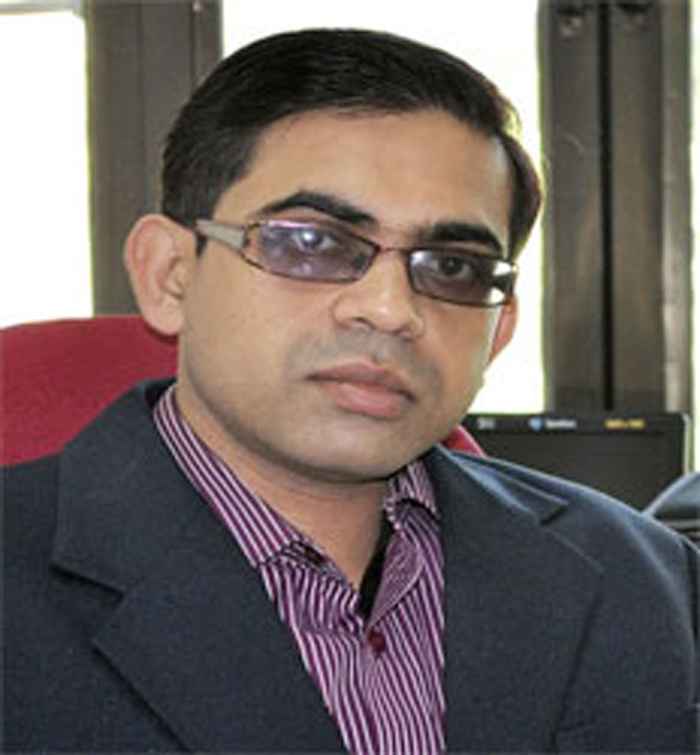
Targeted Light-activated Metallodrugs: Synergistic Effect and Multimodal Approach
Guest: Dr. Ashis K. Patra (Indian Institute of Technology Kanpur, India); hosted by Dr. Sylvestre Bonnet (UL).
A visit of 3 months.
Light-activated anticancer drugs allow for killing selectively cancer cells only at the place of irradiation; they may represent a future way to reach selectivity in cancer patients. Photoreaction inside the cancer cell triggers a change in the way a drug molecule interacts with proteins or DNA, thereby leading to cell death with a spatiotemporal control. In photodynamic therapy, a photosensitizer absorbs the light and transfer its excitation to the dioxygen present in irradiated tissues, thereby killing the cells by excessive oxidative stress. Prof. Bonnet’s group works on a new form of light-activated anticancer compounds that, unlike in PDT, trigger cell death in an oxygen-independent fashion advantageous for hypoxic tumors. Dr. Patra at IIT Kanpur, on the other hand, has recently produced new emissive organelle-targeting photoactivated ruthenium derivatives allowing real-time monitoring of active drug release and cellular internalization. Dr. Patra will also investigate a new heterometallic prodrug containing both a ruthenium(II) and a platinum(IV) which upon photo-activation will release cytotoxic Pt(II) and Ru(II) photoproducts. Combining platinum and ruthenium toxicity may lead to interesting synergistic effects on multi-resistant hypoxic cancer cells. Detailed photochemistry of these compounds will be realized at Leiden. This will well complement Prof. Bonnet’s expertise towards developing new-generation photoactivated metallodrugs.
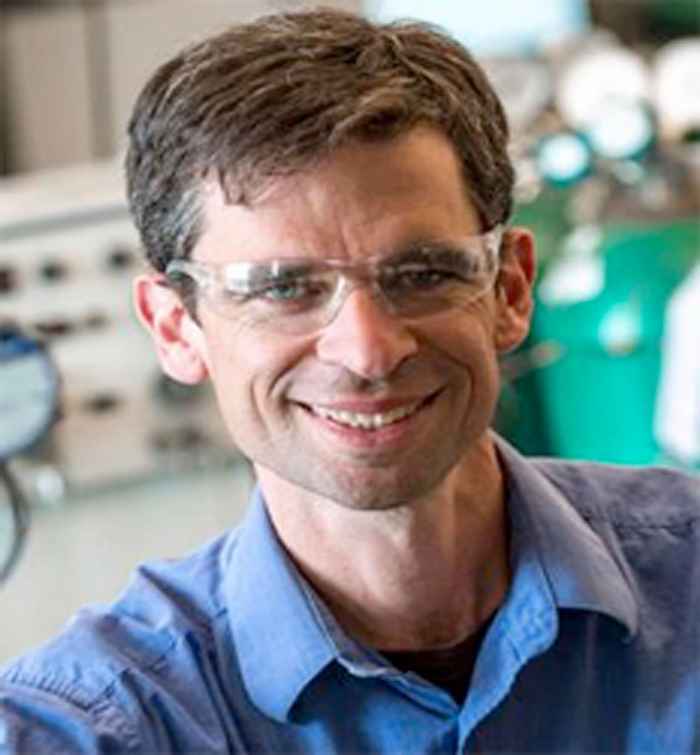
Controlling the properties and stability of atomically dispersed metal catalysts with adjacent ligands
Guest: Prof. Will Medlin (University of Colorado, USA); hosted by Prof. dr. Gadi Rothenberg (UvA), and Dr. David Dubbeldam (UvA).
A visit of one month.
With HRSMC support, the research team will develop new approaches for controlling catalysis on atomically dispersed metals. Dispersed single metal atoms have been found to exhibit unique reactivity, and are attractive for catalysis because their relative homogeneity provides for more controlled interactions with reactants. They have shown promise for applications including oxygen reduction in electrochemical cells, oxidation of CO in exhaust streams, methane activation, and CO2 reduction. To control catalyst performance, it is desirable to position supported metal atoms within a “binding pocket” construct that provides favorable non-covalent interactions together with a cooperative catalyst site, to enable highly specific interactions with reactants. These constructs can also provide a route to stabilizing isolated atoms against sintering that forms larger nanoparticles. Using the rich chemistry of phosphonate self-assembled monolayers as a method to control the environment around metals atoms, this project will develop the ability to design and synthesize catalysts with improved performance and stability.